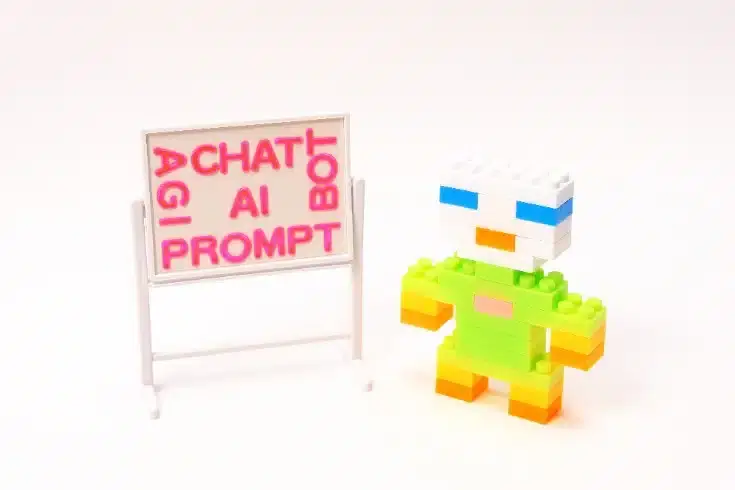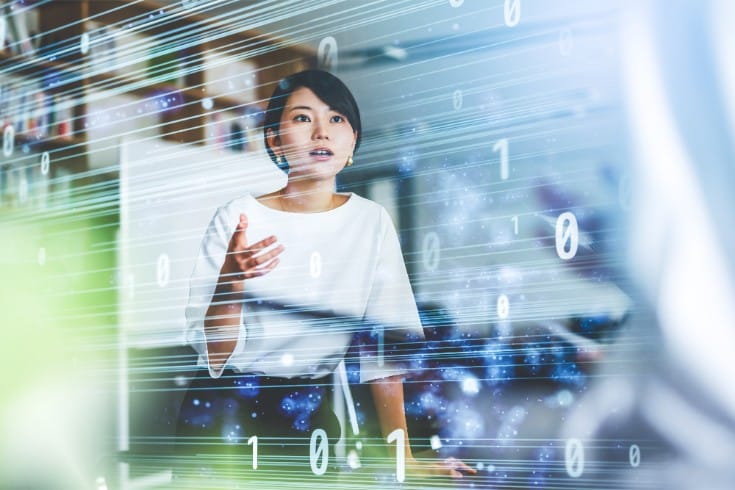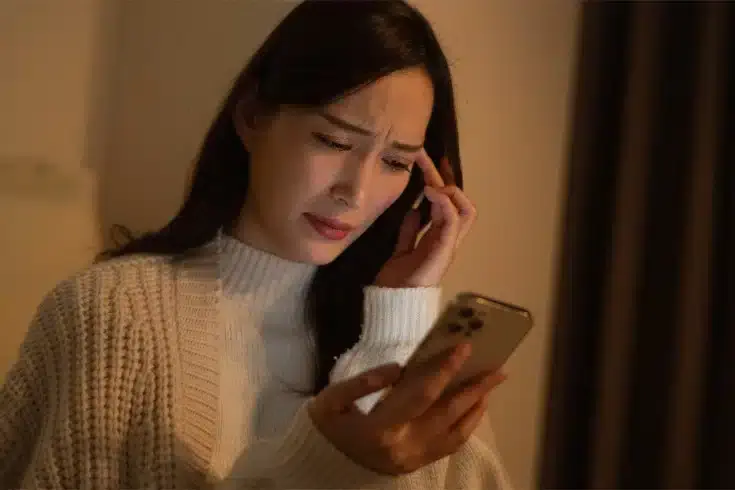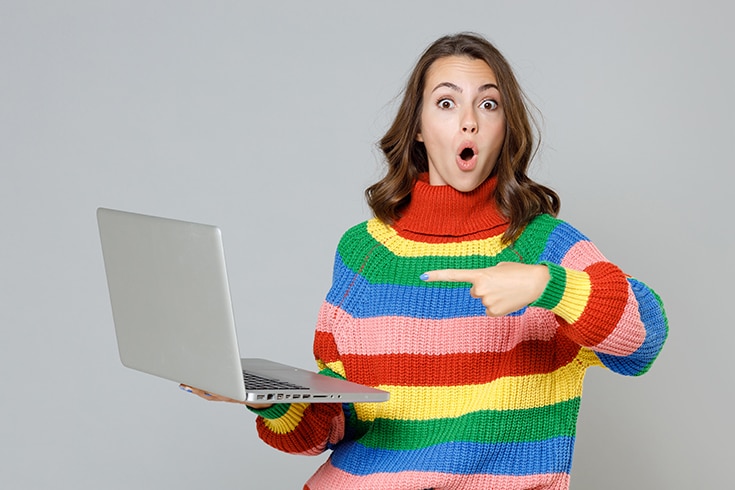Does Prompt Have Copyright? A Comprehensive Explanation of Intellectual Property Rights in the AI Era

The technology behind generative AI is evolving rapidly, ushering in an era where text, images, and even program code can be automatically generated. As a diverse array of AI tools such as ChatGPT, Perplexity, and Midjourney are widely adopted in business, the prompts given to AI—dictating what instructions to issue—significantly influence the quality of the output.
It may be easy to envision that generated images and text could be subject to copyright. But does copyright apply to the ‘prompts’ that instruct AI on the output content and format?
In this article, we will provide an in-depth explanation of the relationship between AI prompts and copyright, based on current Japanese law, and share essential knowledge that companies, legal departments, and developers should be aware of.
What is Copyright? A Crucial Legal Foundation in the Age of Generative AI
The significance of copyright lies in protecting the rights of authors while simultaneously ensuring the fair use of their works. This aims to contribute to the development of culture.
So, what exactly constitutes a “work” as defined by copyright law?
Definition of a “Work” Under Japanese Copyright Law
Under Japanese copyright law, if something is recognized as a “work,” the author is granted “copyright.” But what qualifies as a “work”?
Article 2, Paragraph 1, Item 1 of the Japanese Copyright Law defines a work as follows:
“1. An expression 2. creatively 3. of thoughts or feelings that 4. belongs to the fields of literature, science, art, or music.”
For copyright to arise, the above four requirements are said to be necessary.
The Four Requirements of Copyright and Their Specific Examples
Requirement 1: Inclusion of thoughts or feelings
This requirement is not strict; it is sufficient if subjective elements like human “ideas” or “feelings” are included. However, mere listings of facts or objective data do not qualify as “thoughts or feelings” and are not considered works.
Requirement 2: Creative expression
“Creativity” does not mean high artistic quality. If the author’s personality or ingenuity is reflected in some form, this condition is met. On the other hand, standard phrases made up of just a few words or expressions with little to no choice are less likely to be recognized for their creativity and often not judged as works.
Requirement 3: Being an “expressed” entity
Means of expression include not only text on paper or a screen but also spoken words and oral statements. What’s important is that it is an “expression” actually presented externally; the content that remains at the idea stage or as a mere concept does not fall under copyright protection. Even if it’s an excellent idea, the idea itself is not protected by copyright.
Requirement 4: Belonging to the fields of literature, science, art, or music
The subjects considered as works need to belong to categories such as literature, science, art, or music, but these are not necessarily restrictive categories. For example, blueprints or programs can also be included as works if they are recognized for their creativity.
Given these four requirements, common short phrases like “good luck” or listings of factual data such as weather forecast numbers, as well as mere ideas or methods, do not give rise to copyright.
The conditions for works mentioned above generally apply to prompts as well. For instance, the idea of “generate a photo of a cat” itself is not protected, and the instruction “generate a photo of a cat” may seem like just a short phrase. Whether this instruction has creative expression will be the point of contention.
What is a Prompt? Understanding Its Meaning and Role

To utilize generative AI, you need what is called a “prompt.” Let’s first delve into what prompts are all about.
The Meaning and Types of Prompts
A prompt is an input statement that instructs the generative AI to create something specific. For example, consider the following prompts:
- Short Prompt: A simple command (e.g., “Generate a photo of a beautiful landscape.”)
- Long Prompt: A detailed command specifying instructions to the AI (e.g., “Please depict a solitary house standing on an autumn highland with a vast blue sky, in the style of an oil painting.”)
The results produced can vary significantly between prompts that specify conditions and style in detail and those that do not.
Prompt Design is a Concentration of Know-How
Prompt design, which companies and individuals have researched extensively to improve the quality of their outputs, is becoming an intellectual asset rather than just a set of instructions.
Designing prompts, known as “prompt engineering,” has a significant impact on the AI’s output results. Given that complex prompts can sometimes exceed 1,000 personalitys, they are becoming a backdrop for discussions on copyright and intellectual property rights.
So, does copyright arise from a prompt?
For a discussion on whether the outputs generated by AI are subject to copyright, please refer to the following article.
Related Article: Does Copyright Arise in Text Generated by AI? Explaining Copyright with Natural Language Processing AI like ChatGPT
Do Prompts Have Copyright Protection? Perspectives from Administrative and Legislative Bodies in Japan

In the realm of generative AI, prompts are crucial for achieving the desired output. This article introduces the views on copyright and prompts that have been published by administrative and legislative bodies in Japan as of the time of writing.
Potential Copyright Arising from Creative Prompts
The key points to determine whether a prompt qualifies as a copyrighted work are summarized in the following three aspects:
- Whether it is an expression (not merely an idea or fact)
- Whether it has creativity (not a commonplace expression)
- Whether it was created by a human
Regarding point 1, the Agency for Cultural Affairs’ view in 2023 (Reiwa 5) states that “if the instructions to generative AI remain at the level of ideas that do not reach the level of expression, then the AI-generated work is not recognized as having copyright.”
Furthermore, concerning creativity in point 2, using the term “creative contribution,” it has been indicated that “detailed instructions that specifically demonstrate a creative expression can increase the likelihood of being evaluated as having a creative contribution. On the other hand, even if the instructions are lengthy, if they only indicate ideas that do not reach the level of creative expression, they do not affect the judgment of creative contribution.”
Source: Agency for Cultural Affairs | Q&A on Generative AI and Copyright
Additionally, in the Diet’s response in 2023 (Reiwa 5), it was pointed out that “if the prompt is merely a combination of general nouns, it lacks creativity and may not be recognized as a copyrighted work.”
However, “with respect to prompt engineering, if we consider it as a method or technology related to instructions or commands to AI, it does not fall under copyright unless it is expressed as a technology,” suggesting that cases where the content is expressed as technology and includes detailed instructions or commands may be recognized as having creativity.
Nevertheless, the response concluded with “ultimately, it will be judged in the judiciary,” indicating that the current situation is that legislation and case law have not yet caught up.
Related article: What Are the Key Considerations in the Relationship Between Generative AI and Copyright?
International Examples and Guidelines
The U.S. Copyright Office states that whether copyright is granted to AI-generated outputs requires a case-by-case analysis. If human involvement is not clear, the position is that the work may not be recognized as a copyrightable creation.
On the other hand, in the UK and the EU, concepts such as joint authorship and works made for hire exist, offering a degree of flexibility in handling cases where prompts are created within corporate activities.
Practical Responses in Japan
As of now, there are no individual precedents in Japan regarding prompt-based AI. However, if something is deemed a “creative expression,” it theoretically could be protected under copyright law. Companies may need to establish internal guidelines as “intellectual property” when implementing generative AI.
Practical Considerations and Measures
Given that prompts may still be recognized as having copyright, it is necessary to operate and manage them in a manner akin to intellectual property. The following points should be kept in mind for effective management:
- Clarify and record the relationship between prompts and generated content
By keeping records of who used which prompts for what purpose, you can prepare for any potential legal disputes. - Create contracts that define the scope of use for the generated content
When providing generated content to third parties, it is crucial to clearly define the scope of use in a contract, regardless of whether the content is copyrighted. - Manage prompts and generated content together
For businesses, prompts represent know-how, and the generated content represents the results. It is recommended to manage these two elements together as a unified set.
Practical Risks and Measures to Consider: Plagiarism, Sharing, and Licensing

Many companies in Japan have already incorporated generative AI into their operations. Here, we will discuss the risks and measures that should be considered, taking into account the possibility that copyright may be recognized in prompts.
Is Plagiarism of Prompts a Legal Issue?
If a prompt contains creative expressions, it may be considered a copyrighted work. Unauthorized use could potentially lead to copyright infringement.
In recent times, users commercializing AI prompts through social media have been observed, but if they are using prompts developed by other companies, they could face injunctions and claims for damages. Prompts that include a company’s developed logic or templates should particularly be treated as confidential information.
Developing Internal Guidelines and Collaboration with the Legal Department
Effective measures for companies include:
- Creating guidelines for the creation and use of prompts
- Conducting copyright and intellectual property education for employees
- Regular reviews by the legal and intellectual property departments
By establishing such rules, companies can minimize legal risks associated with the use of generative AI.
Conclusion: Consult Experts on Generative AI
As the use of generative AI becomes commonplace in business operations, it’s important to recognize that copyright may arise from prompts, especially if they contain creativity and thus could be protected by copyright.
Particular caution is needed when using these for commercial purposes. Within corporate activities, it is crucial to clearly define the scope of use and responsibilities for both prompts and generated content, and to control these through contracts and regulations.
Furthermore, companies must develop guidelines and take measures regarding intellectual property. Intellectual property issues require a high level of expertise, especially since case law and legislation have not yet caught up with generative AI and prompts. It is advisable to consult with an expert at least once.
Guidance on Measures Provided by Our Firm
Monolith Law Office is a law firm with extensive experience in both IT, particularly the internet, and legal matters. The AI business is fraught with numerous legal risks, and the support of attorneys well-versed in AI-related legal issues is indispensable. Our firm provides sophisticated legal support for AI businesses, including those involving ChatGPT, through a team of AI-knowledgeable attorneys and engineers. We offer services such as contract drafting, legality reviews of business models, intellectual property protection, and privacy compliance. Please refer to the article below for more details.
Areas of practice at Monolith Law Office: AI (including ChatGPT) Legal Affairs
Category: IT





















